Why Business insurance?
Shield Insurance Agency
JUNE 19, 2025
Business insurance protects you/your business against various risks and potential financial losses that can arise from unexpected events or claims.
This site uses cookies to improve your experience. To help us insure we adhere to various privacy regulations, please select your country/region of residence. If you do not select a country, we will assume you are from the United States. Select your Cookie Settings or view our Privacy Policy and Terms of Use.
Cookies and similar technologies are used on this website for proper function of the website, for tracking performance analytics and for marketing purposes. We and some of our third-party providers may use cookie data for various purposes. Please review the cookie settings below and choose your preference.
Used for the proper function of the website
Used for monitoring website traffic and interactions
Cookies and similar technologies are used on this website for proper function of the website, for tracking performance analytics and for marketing purposes. We and some of our third-party providers may use cookie data for various purposes. Please review the cookie settings below and choose your preference.

Shield Insurance Agency
JUNE 19, 2025
Business insurance protects you/your business against various risks and potential financial losses that can arise from unexpected events or claims.

Distinguished
MAY 19, 2025
From kitchen fires and equipment breakdowns to liability claims and utility outages, restaurants operate in an environment where a single incident can lead to costly interruptions or legal exposure. Restaurant owners face a complex set of risks that can disrupt operations and threaten profitability.
This site is protected by reCAPTCHA and the Google Privacy Policy and Terms of Service apply.
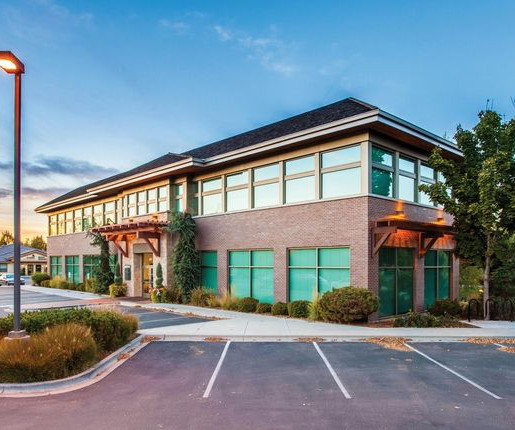
Mark Jackson Insurance Agency
MARCH 19, 2025
From property protection to liability coverage, ensuring your business insurance policies align with your expansion is critical. Without the right coverage, unforeseen challenges—such as property damage, employee injuries, or legal issues—could put your investment at risk.

LexisNexis
JULY 1, 2025
Single-Year, Multi-Year, and Multi-Policy Insurance Coverage Claims Disputes Analyze issues that can arise for policyholders and insurers when insurance policies of various durations are called upon to answer for claims, and when multiple policies can also apply.
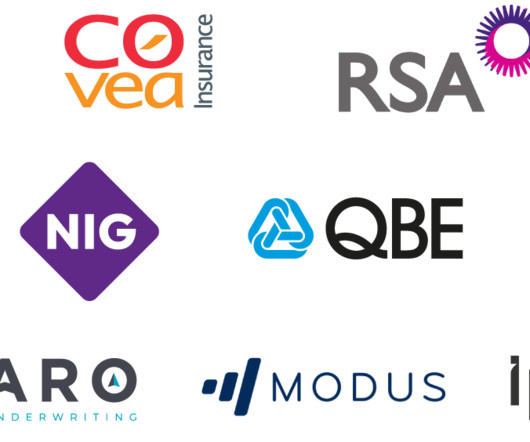
Protect Commercial Insurance
JUNE 20, 2025
– Public Liability Insurance : Protects against claims made by third parties for injuries or damages occurring on your office premises. It covers compensation claims from employees in case of workplace injuries or illnesses. Office insurance can help repair or replace damaged property.

Paragon Independent Insurance Agencies
FEBRUARY 28, 2025
It helps cover accidents, repairs, and liability claims, ensuring your business isn’t financially burdened by unexpected incidents. Beyond vehicle coverage, you may also need general liability insurance, which protects against third-party claims for injuries or property damage during business operations.
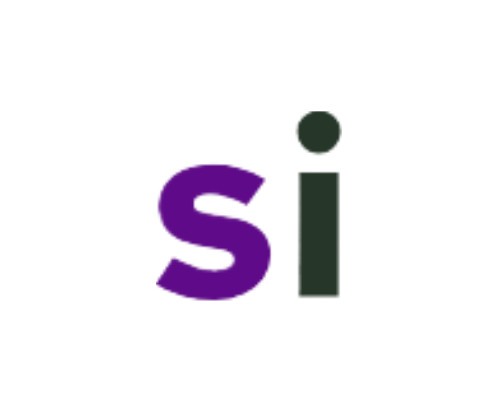
Simply Insurance
JUNE 12, 2025
This implies the policy will pay for only those events expressly included in the coverage wording, and your insurance coverage will not compensate for anything else. Property Damage Standard rental insurance includes this sort of coverage to repair or replace your property after a covered loss, such as fire, vandalism, or natural calamity.
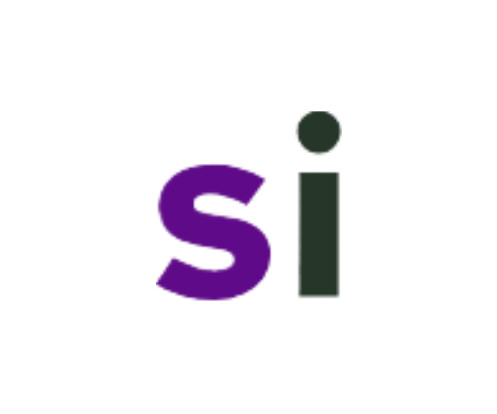
Simply Insurance
JUNE 10, 2025
This implies the policy will pay for only those events expressly included in the coverage wording, and your insurance coverage will not compensate for anything else. Property Damage Standard rental insurance includes this sort of coverage to repair or replace your property after a covered loss, such as fire, vandalism, or natural calamity.
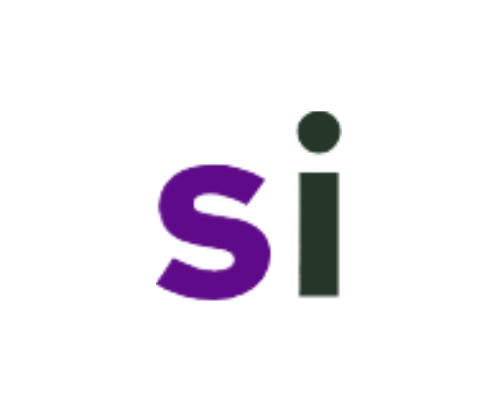
Simply Insurance
JUNE 9, 2025
This implies the policy will pay for only those events expressly included in the coverage wording, and your insurance coverage will not compensate for anything else. Property Damage Standard rental insurance includes this sort of coverage to repair or replace your property after a covered loss, such as fire, vandalism, or natural calamity.

Distinguished
JUNE 30, 2025
Even small fires can result in expensive property damage and lengthy closures. When they do, lawsuits and reputational damage can threaten a restaurant’s survival. Over-serving patrons can lead to accidents, injuries, or property damage, exposing restaurants to legal claims.

Distinguished
JUNE 30, 2025
Even small fires can result in expensive property damage and lengthy closures. When they do, lawsuits and reputational damage can threaten a restaurant’s survival. Over-serving patrons can lead to accidents, injuries, or property damage, exposing restaurants to legal claims.
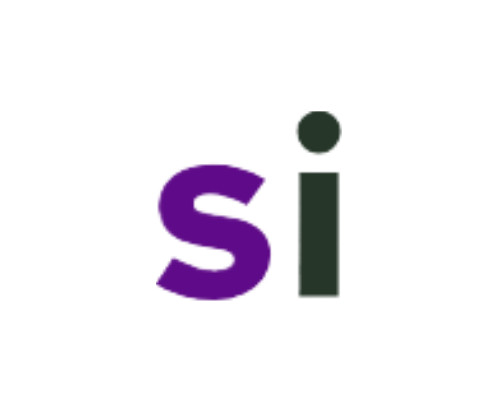
Simply Insurance
JUNE 11, 2025
This implies the policy will pay for only those events expressly included in the coverage wording, and your insurance coverage will not compensate for anything else. Property Damage Standard rental insurance includes this sort of coverage to repair or replace your property after a covered loss, such as fire, vandalism, or natural calamity.

Distinguished
FEBRUARY 24, 2025
Over-serving of alcohol: Restaurants can face legal and financial fallout if the alleged over-serving of a patron leads to property damage or a car accident. Slip-and-fall incidents: High foot traffic in dining areas and restrooms increases the risk of customer or employee injuries, which can lead to costly liability claims.
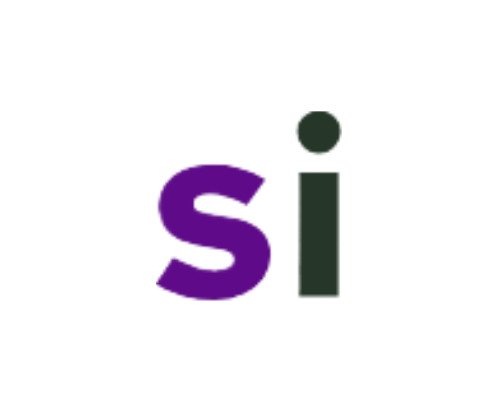
Simply Insurance
JUNE 12, 2025
This implies the policy will pay for only those events expressly included in the coverage wording, and your insurance coverage will not compensate for anything else. Property Damage Standard rental insurance includes this sort of coverage to repair or replace your property after a covered loss, such as fire, vandalism, or natural calamity.
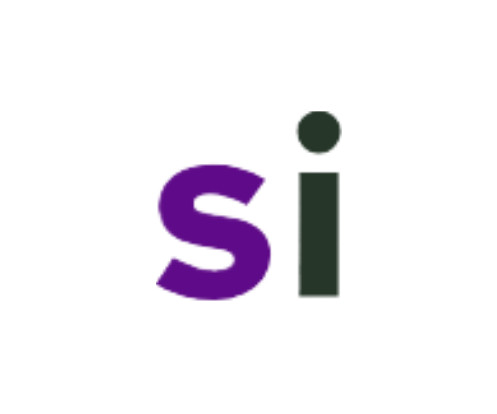
Simply Insurance
JUNE 10, 2025
This implies the policy will pay for only those events expressly included in the coverage wording, and your insurance coverage will not compensate for anything else. Property Damage Standard rental insurance includes this sort of coverage to repair or replace your property after a covered loss, such as fire, vandalism, or natural calamity.
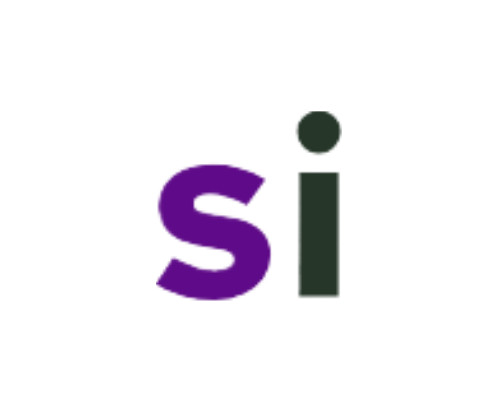
Simply Insurance
JUNE 10, 2025
This implies the policy will pay for only those events expressly included in the coverage wording, and your insurance coverage will not compensate for anything else. Property Damage Standard rental insurance includes this sort of coverage to repair or replace your property after a covered loss, such as fire, vandalism, or natural calamity.
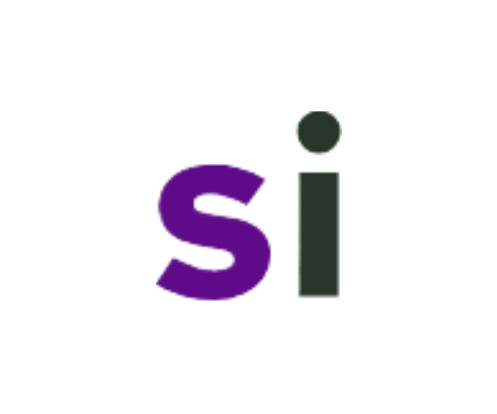
Simply Insurance
JUNE 11, 2025
This implies the policy will pay for only those events expressly included in the coverage wording, and your insurance coverage will not compensate for anything else. Property Damage Standard rental insurance includes this sort of coverage to repair or replace your property after a covered loss, such as fire, vandalism, or natural calamity.
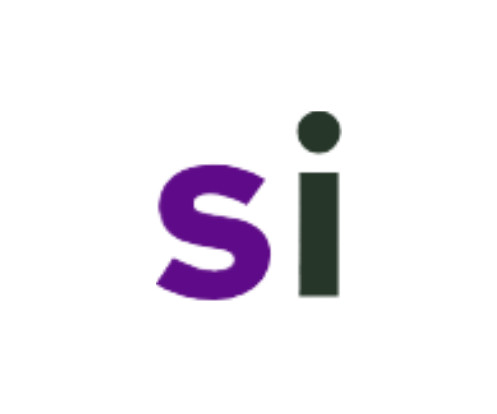
Simply Insurance
JUNE 11, 2025
This implies the policy will pay for only those events expressly included in the coverage wording, and your insurance coverage will not compensate for anything else. Property Damage Standard rental insurance includes this sort of coverage to repair or replace your property after a covered loss, such as fire, vandalism, or natural calamity.
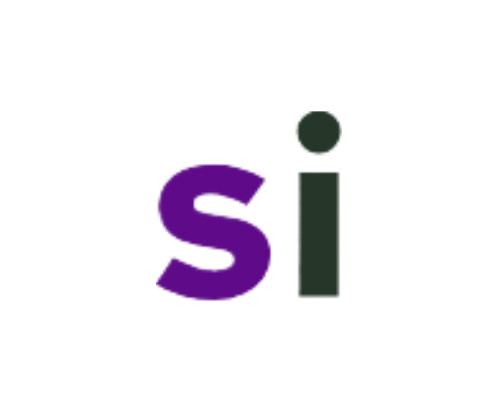
Simply Insurance
JUNE 12, 2025
This implies the policy will pay for only those events expressly included in the coverage wording, and your insurance coverage will not compensate for anything else. Property Damage Standard rental insurance includes this sort of coverage to repair or replace your property after a covered loss, such as fire, vandalism, or natural calamity.
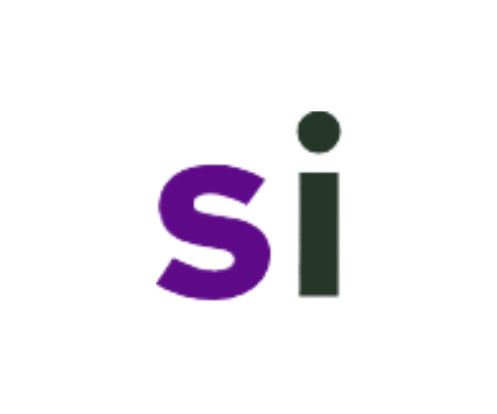
Simply Insurance
JUNE 9, 2025
This implies the policy will pay for only those events expressly included in the coverage wording, and your insurance coverage will not compensate for anything else. Property Damage Standard rental insurance includes this sort of coverage to repair or replace your property after a covered loss, such as fire, vandalism, or natural calamity.
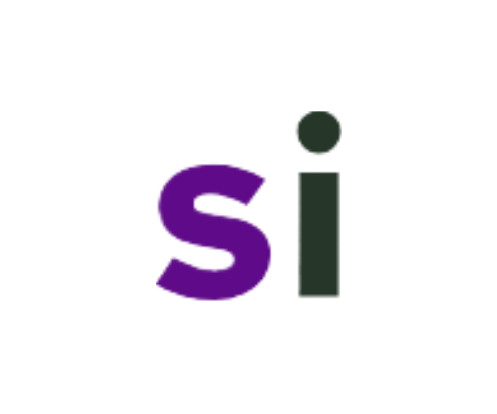
Simply Insurance
JUNE 9, 2025
This implies the policy will pay for only those events expressly included in the coverage wording, and your insurance coverage will not compensate for anything else. Property Damage Standard rental insurance includes this sort of coverage to repair or replace your property after a covered loss, such as fire, vandalism, or natural calamity.
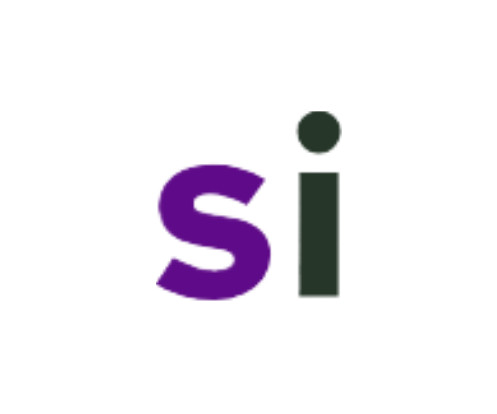
Simply Insurance
JUNE 10, 2025
This implies the policy will pay for only those events expressly included in the coverage wording, and your insurance coverage will not compensate for anything else. Property Damage Standard rental insurance includes this sort of coverage to repair or replace your property after a covered loss, such as fire, vandalism, or natural calamity.
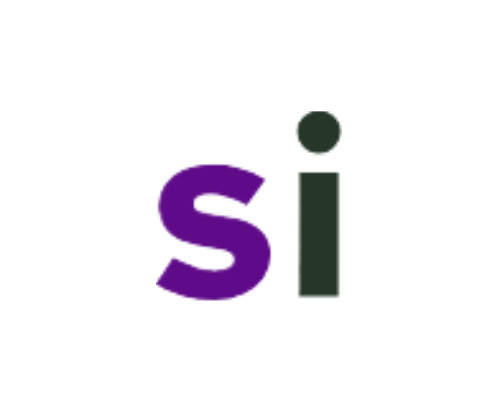
Simply Insurance
JULY 1, 2025
This implies the policy will pay for only those events expressly included in the coverage wording, and your insurance coverage will not compensate for anything else. Property Damage Standard rental insurance includes this sort of coverage to repair or replace your property after a covered loss, such as fire, vandalism, or natural calamity.
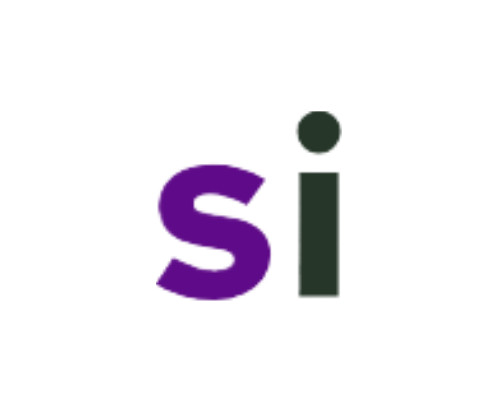
Simply Insurance
JUNE 10, 2025
This implies the policy will pay for only those events expressly included in the coverage wording, and your insurance coverage will not compensate for anything else. Property Damage Standard rental insurance includes this sort of coverage to repair or replace your property after a covered loss, such as fire, vandalism, or natural calamity.
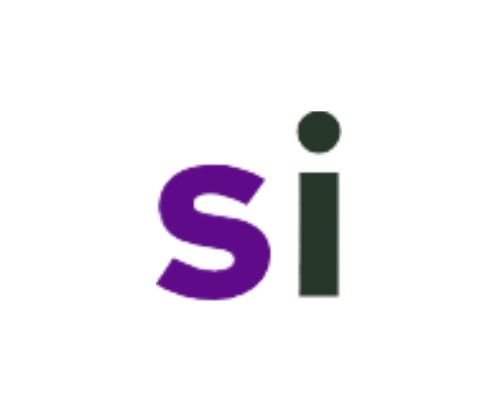
Simply Insurance
JUNE 12, 2025
This implies the policy will pay for only those events expressly included in the coverage wording, and your insurance coverage will not compensate for anything else. Property Damage Standard rental insurance includes this sort of coverage to repair or replace your property after a covered loss, such as fire, vandalism, or natural calamity.

Freeway Insurance
JANUARY 3, 2025
Underinsured drivers : About 6% of California drivers are currently underinsured, meaning their coverage levels are not high enough to fully compensate other drivers and their passengers and property in the event of an at-fault accident. Insurers compensate for this increase by raising premiums to cover the heightened risk.
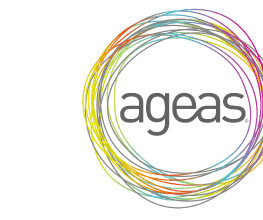
Protect Commercial Insurance
SEPTEMBER 20, 2024
It covers you against claims of property damage, personal injury, or negligence. It covers the cost of compensation and associated legal fees if an employee decides to sue. Without this insurance, not only do you face the risk of hefty compensation claims, but you could also incur significant fines from regulatory bodies.
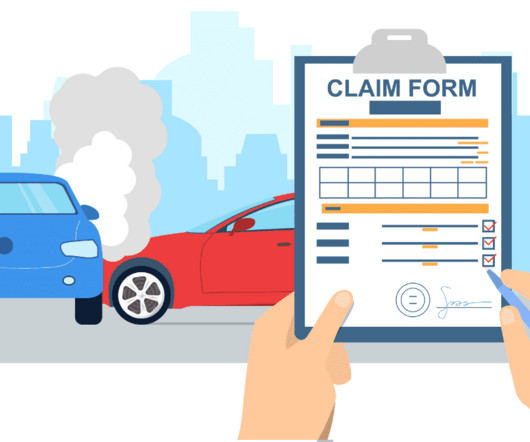
TGS
NOVEMBER 18, 2024
The no-fault system was designed to streamline the claims process, reduce the burden on courts, and ensure that accident victims receive compensation more quickly. Pros: Faster Claims Processing: Since you’re dealing with your own insurer, claims are often processed more quickly. What Happens in Serious Accidents?

Jackson & Jackson
APRIL 26, 2024
Key Coverages for California Property Investors Property Damage : Covers damage to your buildings and contents caused by fire, theft, vandalism, and natural disasters. Liability Protection : Protects against claims of property damage or personal injury caused by you or your operations.

ProWriters
APRIL 3, 2024
Understanding E&O Insurance Errors and Omissions (E&O) Insurance is liability coverage protecting professionals against claims for negligence, errors, or mistakes made in the course of their work. Coverage of claims made by third parties who suffer financial losses due to the insured’s actions.
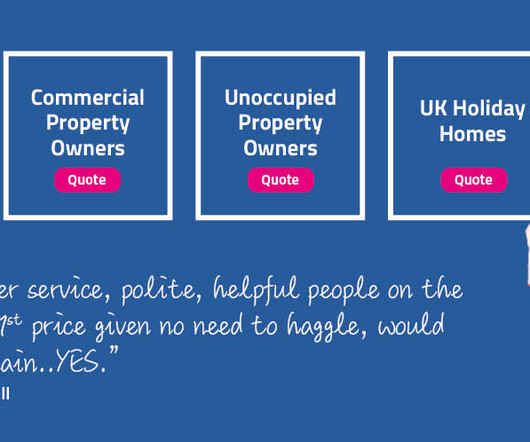
Cover4LetProperty
OCTOBER 9, 2022
Let’s see how you can get the broadest possible cover at times like these by taking a look at those elements that might be included as standard items for your particular landlord insurance policy or which may be available as extras or add-ons: Loss of rental income your buy to let property is a business investment that relies on the steady income stream (..)

Distinguished
NOVEMBER 7, 2024
If the principal fails to fulfill these obligations, the surety is responsible for rectifying the breach, either through financial compensation or by ensuring the completion of the contract. Principal’s Default: A claim under a surety bond arises only upon the default of the principal.

Mark Jackson Insurance Agency
NOVEMBER 22, 2024
While your business may only operate for part of the year, risks like property damage, liability claims, or equipment theft don’t follow a calendar. A policy that compensates for business downtime can be invaluable for recovering quickly and minimizing financial impact. Start by evaluating your specific risks.

Property Insurance Centre
MARCH 19, 2024
Consumer education ensures that individuals are prepared and protected with the proper insurance coverage and are knowledgeable about the claims process. It empowers individuals to navigate the claims process effectively and avoid insurance scams. May experience difficulties and delays when making claims due to lack of understanding.

Cover4LetProperty
JUNE 1, 2025
Without this cover, the property and its contents remain at considerable risk of loss or damage, the income stream on which you have come to rely might suddenly become disrupted, or you might face financially crippling claims for damages if someone else is injured or has their own property damaged.

Jackson & Jackson
NOVEMBER 16, 2024
Professional Liability Insurance protects your business against claims of negligence, errors, or omissions that result in financial losses for your clients. If a client trips over cables during a meeting at your office or your equipment damages their property, General Liability Insurance provides coverage.
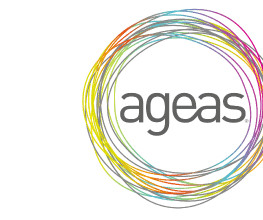
Protect Commercial Insurance
OCTOBER 25, 2024
– Potential deductibles and what’s financially viable if you need to make a claim. Familiarising yourself with the various types can help you craft the most effective insurance package: – General Liability Insurance : Covers third-party bodily injury, property damage, and advertising injuries.

Property Insurance Centre
JANUARY 4, 2024
Unpredictable weather events and the rise in natural catastrophes pose significant challenges for the property insurance industry. Insureds are facing substantial property losses, leading to increased financial burdens. Furthermore, underinsurance can result in delayed or denied claims, leaving property owners in a difficult situation.
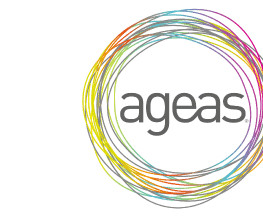
Protect Commercial Insurance
NOVEMBER 8, 2024
It provides protection against a plethora of risks, including property damage, liability claims, theft, and even employee injuries. – Liability Insurance: Covers your business in case of lawsuits due to injuries or damages caused as a result of business operations.
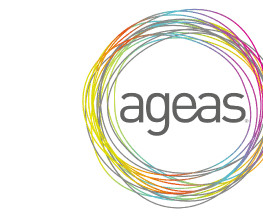
Protect Commercial Insurance
NOVEMBER 1, 2024
Unlike standard home insurance, which is tailored for owner-occupied homes, landlord insurance is crafted to address risks associated with renting out your property. Its primary purpose is to protect landlords from financial loss stemming from tenant-related incidents, property damage, and other rental-specific risks.

Cover4LetProperty
NOVEMBER 3, 2024
Can I use home insurance for my buy to let property? If the owner of buy to let property has mistakenly arranges standard home insurance (suitable for the owner-occupier) any claim may be rejected on the grounds that the premises are in fact occupied by tenants and the policy will become void.

Cover4LetProperty
DECEMBER 1, 2023
Liability Home insurance: Provides liability coverage for the homeowner in case someone is injured on the property. Landlord insurance: Offers liability protection for landlords, covering legal expenses and compensation if a tenant or visitor is injured on the property.

Cover4LetProperty
JANUARY 2, 2024
If the property is going to be occupied by tenants and you are earning an income from the rent they pay, purpose designed landlord or buy to let insurance is required. Not only is standard home insurance insufficient, but if you rely upon it for a let property, any claim may be rejected by your insurer.

Jackson & Jackson
MAY 23, 2024
Small business insurance covers property damage, liability claims, and employee-related risks. Determine the value of your assets, including equipment, inventory, and property. Consider the potential costs of liability claims, such as lawsuits or damages caused by your products or services.
Expert insights. Personalized for you.
We have resent the email to
Are you sure you want to cancel your subscriptions?


Let's personalize your content